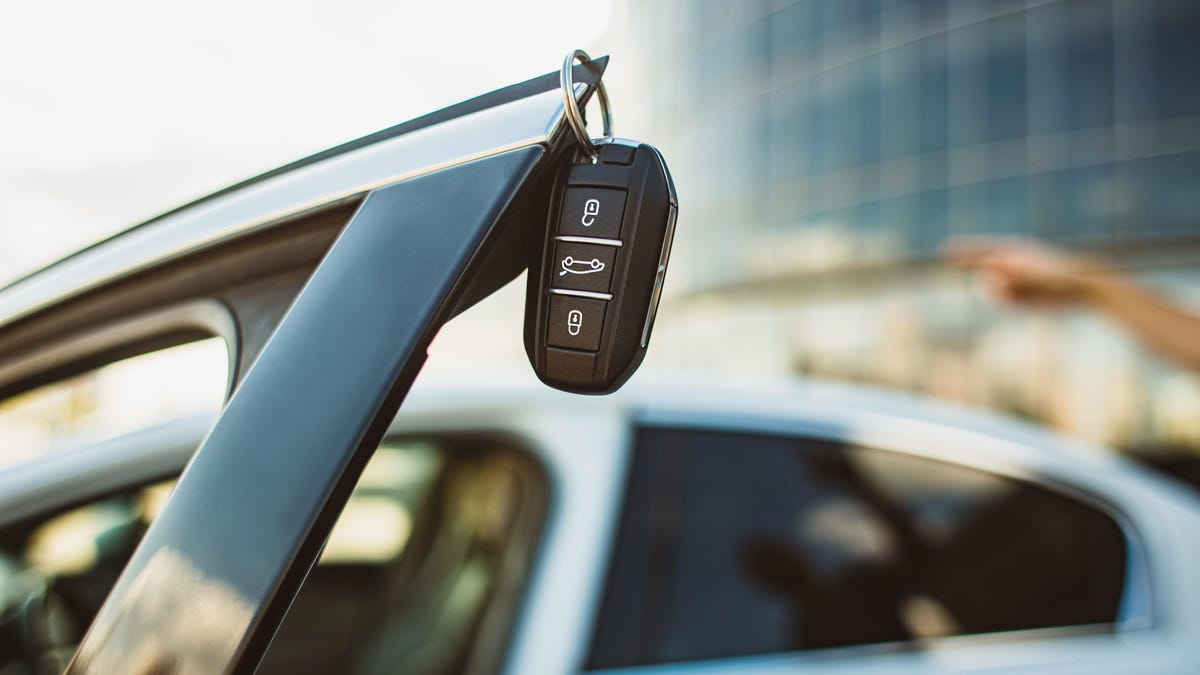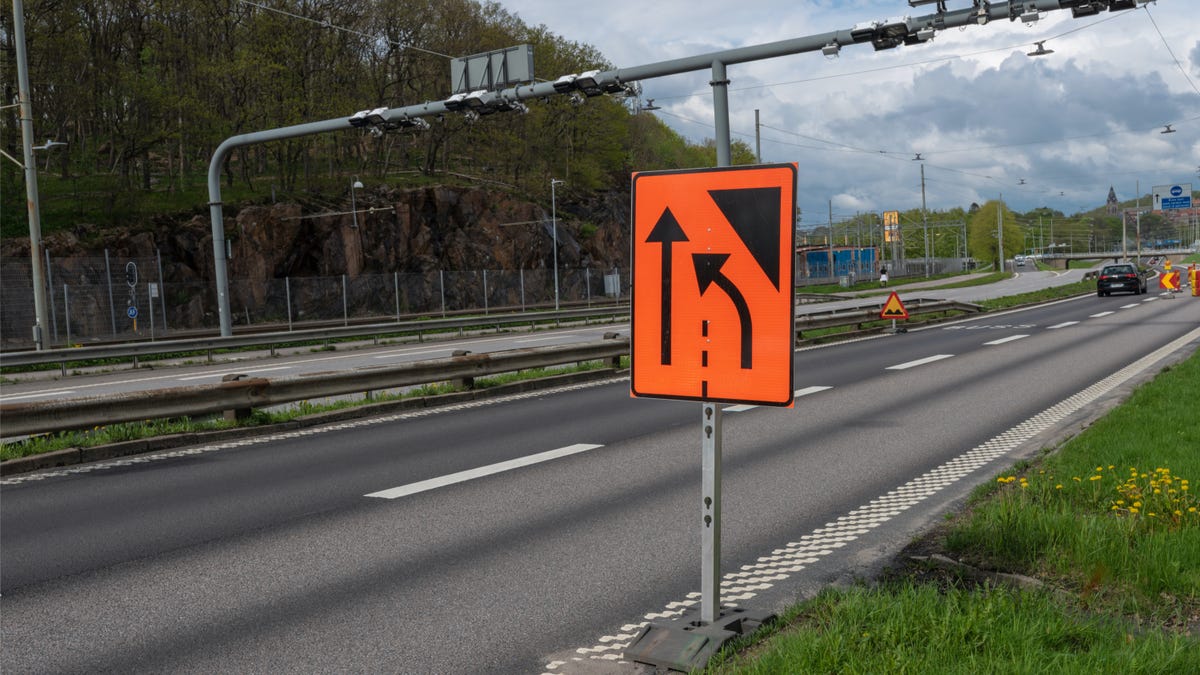Don't Assume a Brand New Car Has No Damage
Part of the process of shopping around for a used car is performing various inspections, including checking for damage. Consequently, part of the allure of buying a brand new car is, at least in theory, that you can skip...

Part of the process of shopping around for a used car is performing various inspections, including checking for damage. Consequently, part of the allure of buying a brand new car is, at least in theory, that you can skip that part, and don’t have to worry about anything being wrong with the vehicle. No previous owners means no existing problems, right?
Not always, unfortunately. Here’s why you shouldn’t assume that brand new cars are always damage-free.
How could a brand new car be damaged?
It’s important to remember that new cars don’t simply roll off the factory line and directly on to the lot of a car dealership. And that once they’re at the dealership, they’re not covered in bubble wrap and stored in a spacious, climate-controlled garage.
In reality, vehicles manufactured in Europe or Asia, for example, are loaded into containers or transport vessels for the ocean crossing. From there, they’re transported to the dealership by truck, like the vehicles manufactured in North America. Not only is it possible for these vehicles to be damaged in transit, but accidents can happen when they’re moved around and stored at the dealership.
How to check for damage before buying a new car
First and foremost, always inspect a car for damage before signing the sales contract, says Mike Crossen, a mechanic at Consumer Reports’ Auto Test Center. This way, if you do spot some damage, you can insist that the dealership repair or replace the damaged part, and, if they refuse, you can simply walk away from the sale.
As far as inspecting the car, it can be helpful to approach the task as though you were checking for damage or other problems before buying a used car. This previous Lifehacker article walks through the basic steps.
In addition to those, Crossen has a few more suggestions:
Inspect the car in the daylight—ideally, in full sun—so you’re able to see any blemishes in the paint job, wheels, and/or upholstery.Inspect the car when it’s dry: If it had just rained, or the car was recently washed or sprayed with water, ask someone from the dealership to dry it off. “A watery sheen can hide imperfections,” he says.Don’t rush: Take all the time you need to fully inspect the vehicle.What to do if you find damage on a new car
If you do spot some damage, and the salesperson you’ve been working with doesn’t offer an adequate solution, Crossen recommends escalating it to a manager.
“Instead of, say, repainting a small defect, the dealership may offer a discount off the purchase price or some free service at a future date,” he explains in a Consumer Reports article. “It’s up to the car buyer to decide whether or not the terms are acceptable.”
Finally, when you’re satisfied with what the dealership is offering you, always get it in writing before signing the sales contract. Request what’s called a “we-owe”: A document listing the problems with the new vehicle, and exactly what the dealership is going to do to resolve them. Never accept a verbal promise, or a casually written note on a random scrap of paper that could later be disputed.
When composing a we-owe, be as specific as possible—including even the smallest details—and demand that the dealership do the same, says Crossen. For example: “If there’s a problem with the paint, make sure you specify exactly what and where it is on the car, and that the dealership says exactly what they will do to fix it,” he notes.

 Lynk
Lynk 






























